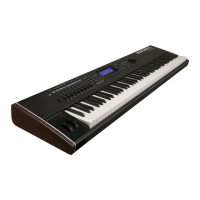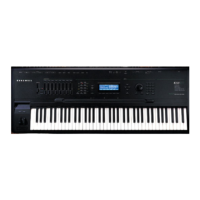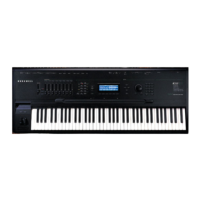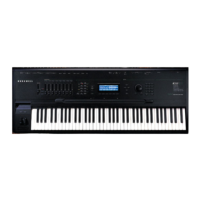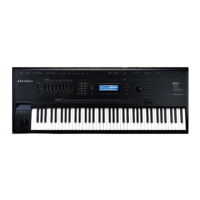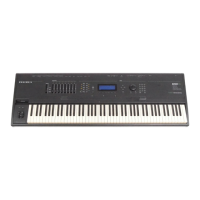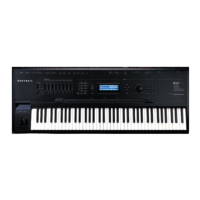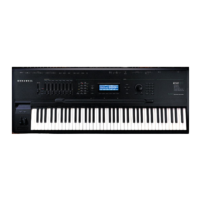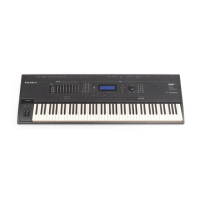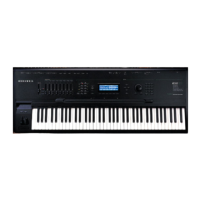)
,
This section
circuitry
also controls the 12
groups
select
swiches for switching each channel's sound onto either an A BUS or
B
BUS. The audio board which attaches to this connector holds
primarily the audio outputs jacks.
On
the Audio board is also a
preamplifier circuit used the Channel board. The external pedal
inputs come in over this connector and are
~routed
through the
Channel board to the connector at the bottom of the Channel board
which goes to the
Slider board. Coming from the Slider board
to
the
Channel board are the signals which control the left/right balance,
the audio outputs.
A
typical
channel
is
diagrammed
in
the
drawing,
Analog/Channels Block Diagram (figure 3.10). On the left-hand side
of the diagram is a
BUS called DATA, this is a set of 16 data lines
.
which come directly from the
CPU
board.
The three .sets of
signals labeled DATA, FALAIS and FSAMP
come directly from the CPU board, whereas a set of signals labeled
CDB BUS come directly from the CGP board. These 12 lines labeled
COB
carry the actual sample data from the CGP to the Channel board.
Samples are stored
in
10-bit format so the bottom 2 bits of this
12-bit bus
always contain zeros. The design of the K250 attempts
to maximize the
signal
to
noise ratio by keeping the actual sample
data as close
to
full scale as possible at all times, and having the
decay information in the sound contained in an
envelope control
section. By way of example, consider the Kurzweil Grand Piano
sound. When a note is struck, as the sound dies away, the sound
samples themselves are kept as close
to
full scale as possible and
the ramp down of the sound
is
caused
by
the envelope ramping down.
Each
channel has a 8-bit
DAC
which ,serves
as
the envelope control.
Kurzwell. 250 Service Manual, Chapter 3
3·
27

